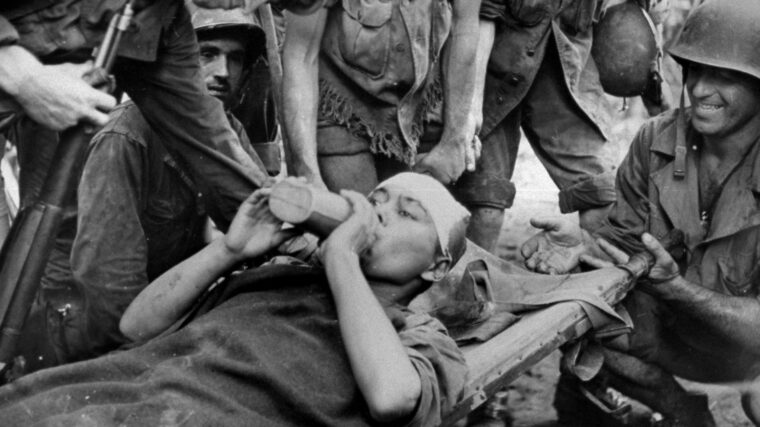
Burma
Korea Under the Rising Sun
By Allyn VannoyThe first recorded encounter between American forces and Koreans in the Central Pacific during World War II came at Tarawa Atoll in November 1943. Read more

Burma
The first recorded encounter between American forces and Koreans in the Central Pacific during World War II came at Tarawa Atoll in November 1943. Read more
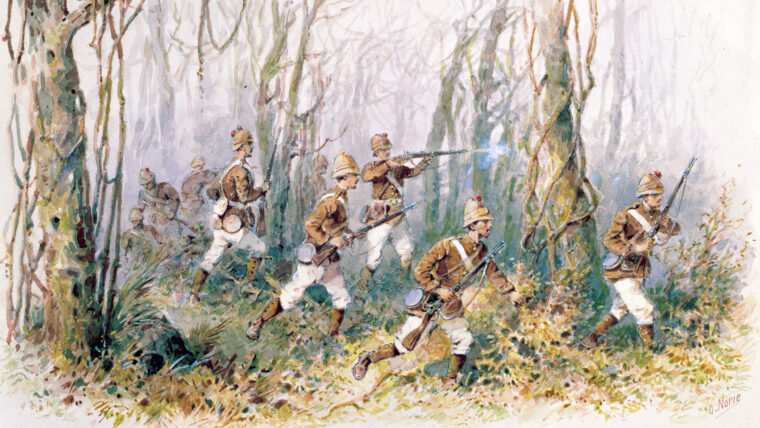
Burma
War correspondents are relatively new to history. The Crimean War (1854-1856), pitting Great Britain, France, Turkey, and Sardinia against Russia, was the first conflict in which an organized effort was made for civilian correspondents reporting news directly to the civilian population of the home country. Read more
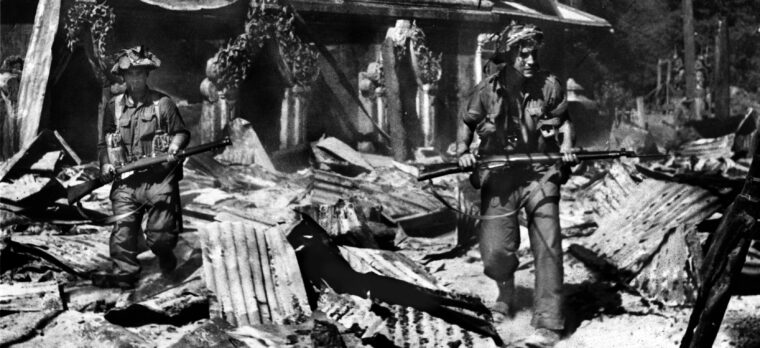
Burma
While the soldiers and officers of the Japanese 15th Army fought fiercely to defend Mandalay in central Burma, they were alarmed to discover that British and Indian troops were dangerously close to attacking their supply depot at Meiktila, 90 miles to their rear. Read more
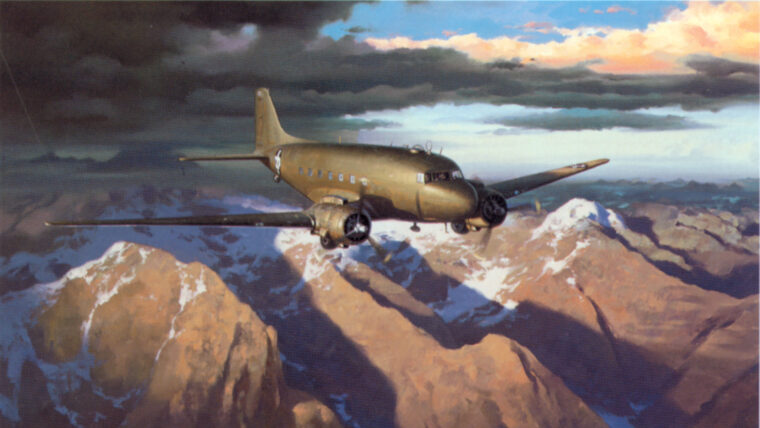
Burma
Superficially, Phil Cochran personified the WWII fighter pilot, a combat daredevil, nonchalant about the niceties of rank and zealous in pursuit of what he called “chicks.” Read more
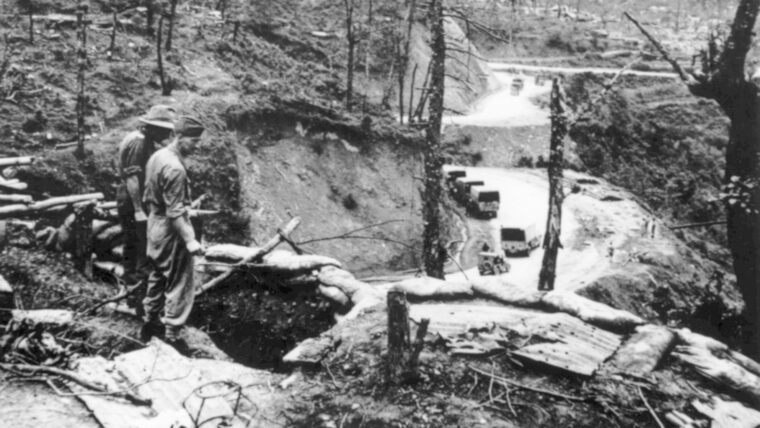
Burma
The two regiments from the county of Kent, down in southeastern England, are of both ancient and honorable lineage. Read more
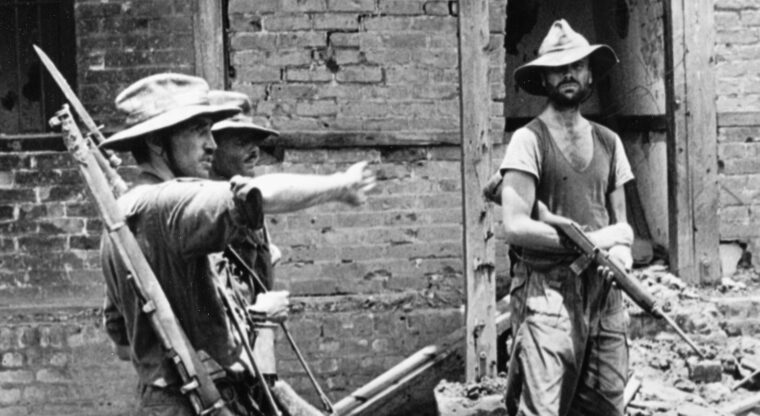
Burma
The English officer studied the Burmese river and its surroundings. The area seemed quiet, for the moment peaceful. Read more
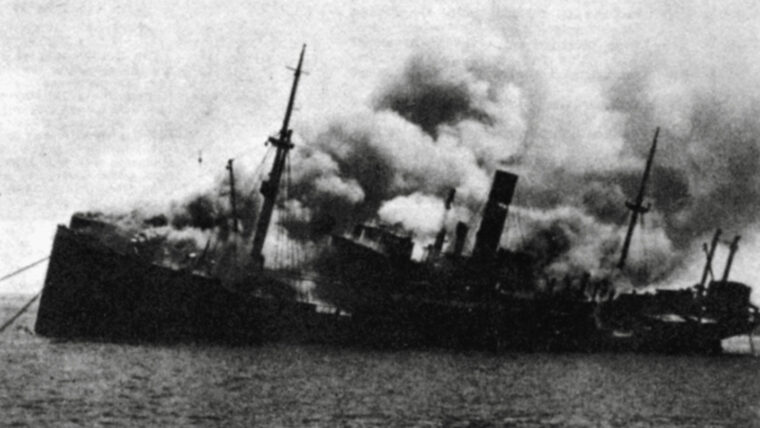
Burma
Freighter Ehrenfels’ siren shrieked through the muggy night across the harbor. As the captain pulled down hard on the alarm cord, the alarm howled out over the steaming darkness, screaming that British raiders were in the harbor, alerting Ehrenfels’ crew and calling for help from ashore. Read more
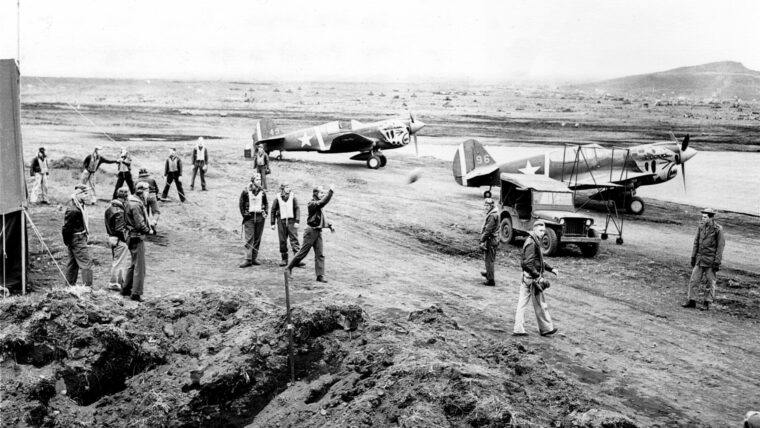
Burma
Charles D. Mott was a U.S. Navy dive-bomber pilot when he joined the American Volunteer Group (AVG), the small band of Americans who flew under the leadership of General Claire Lee Chennault and became known to history as the Flying Tigers. Read more
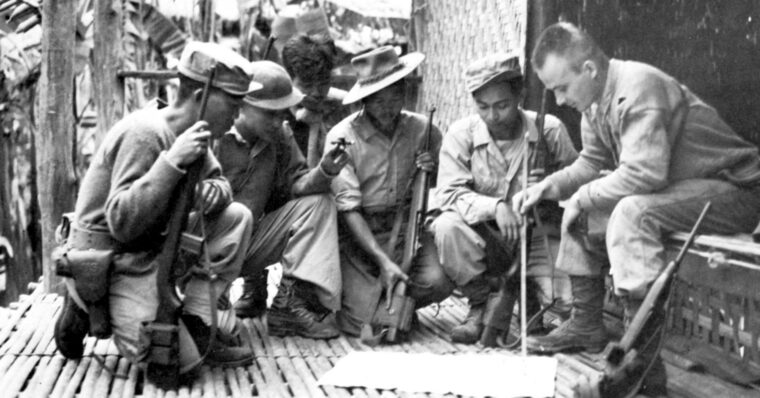
Burma
Private First Class Frank Rinaldi cautiously made his way through the dense foliage. He and other soldiers were on patrol when they heard the unmistakable sound of Japanese voices, and they inched their way forward to investigate. Read more
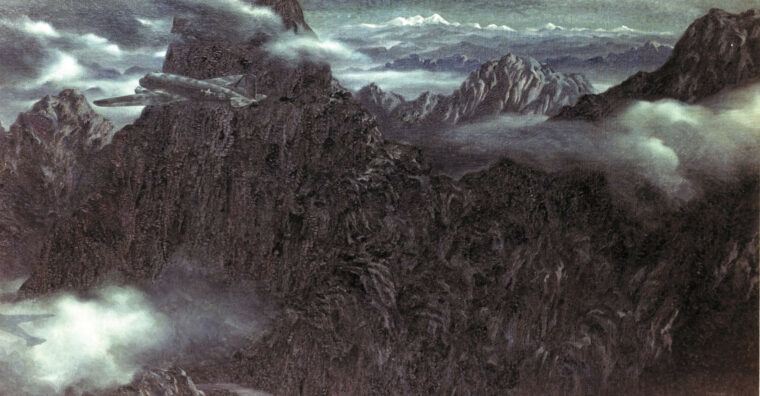
Burma
In truth, it really was not a combat operation. For every airplane lost to enemy action, a hundred were destroyed in accidents. Read more
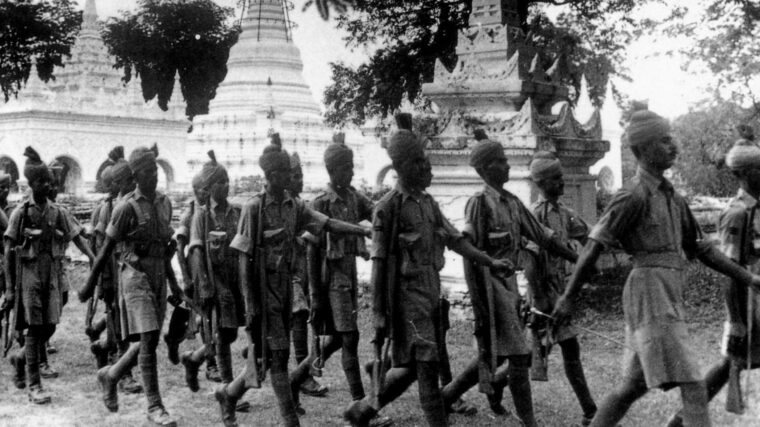
Burma
The Japanese looked unstoppable. Two divisions of the 15th Army had crossed from Thailand into Burma in mid-January 1942, bent on capturing Rangoon before the British could land reinforcements and block the seizing of the Burma Road. Read more
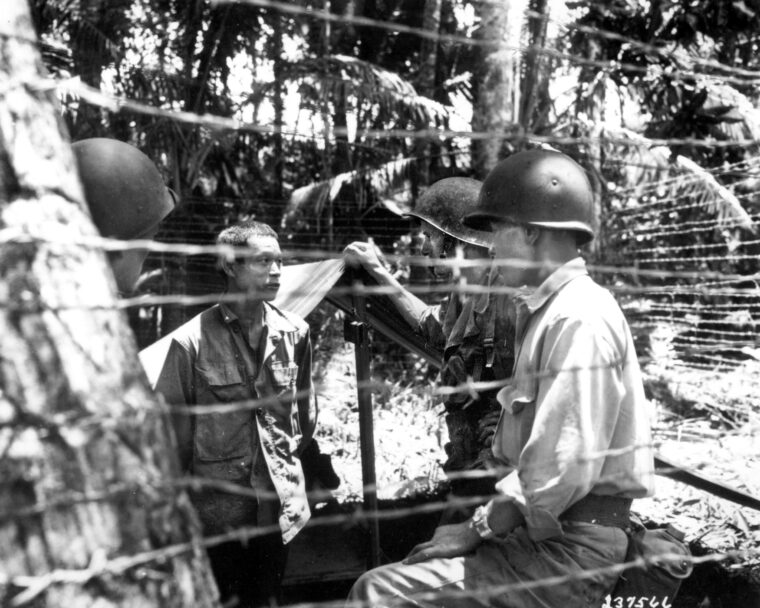
Burma
American soldiers of Japanese ancestry made remarkable contributions to the Allied victory during World War II. Read more
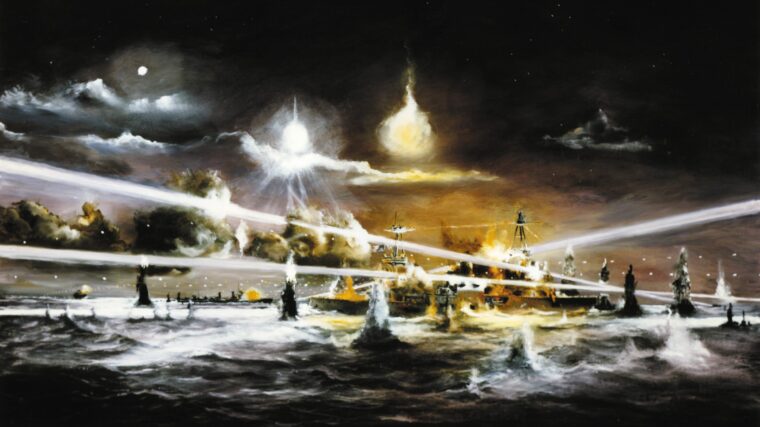
Burma
When Howard Brooks joined the United States Navy in 1939, the 20-year-old farm boy from Tennessee had no idea that he was going to experience one of the most harrowing adventures of World War II. Read more
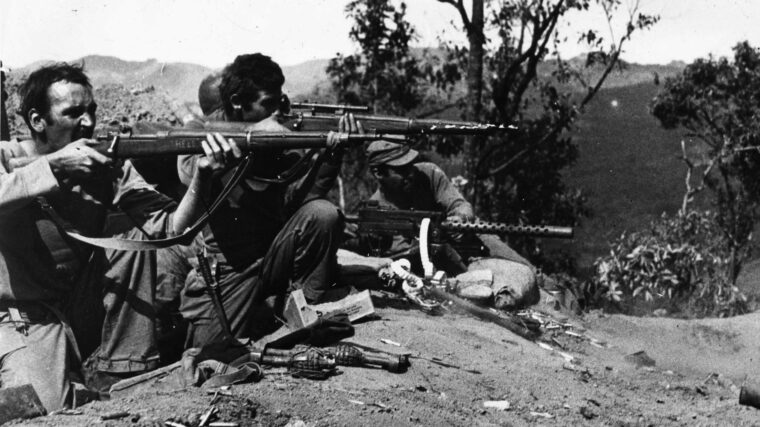
Burma
A small group of Americans, operating behind the Japanese lines in Burma from 1942 until mid-1945, played a major role in neutralizing a large enemy force. Read more
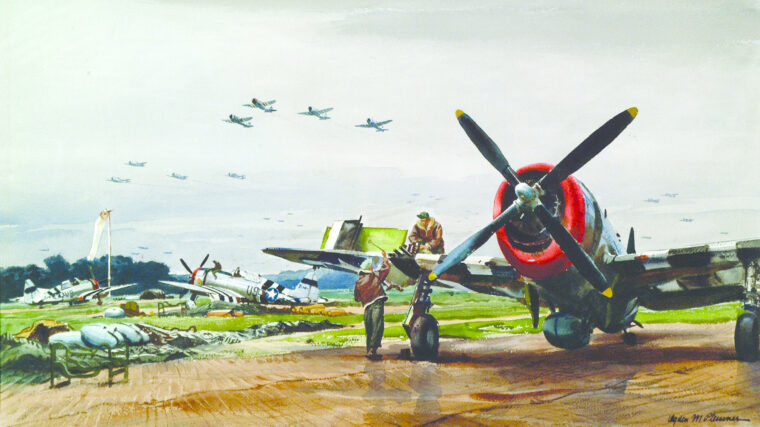
Burma
Since the end of World War II, the aviation press has made the North American P-51 Mustang into the superstar Allied fighter of the war. Read more
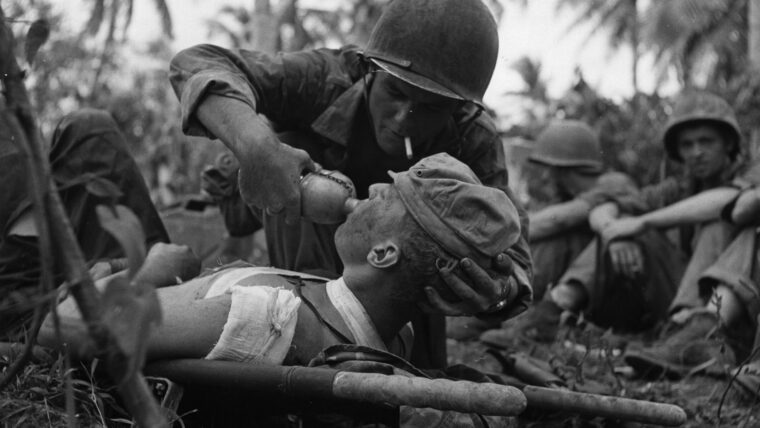
Burma
For centuries wounded soldiers of every nation were responsible for much of their own care. Medical attention was primitive and often not a high priority for military planners beyond the officer corps. Read more
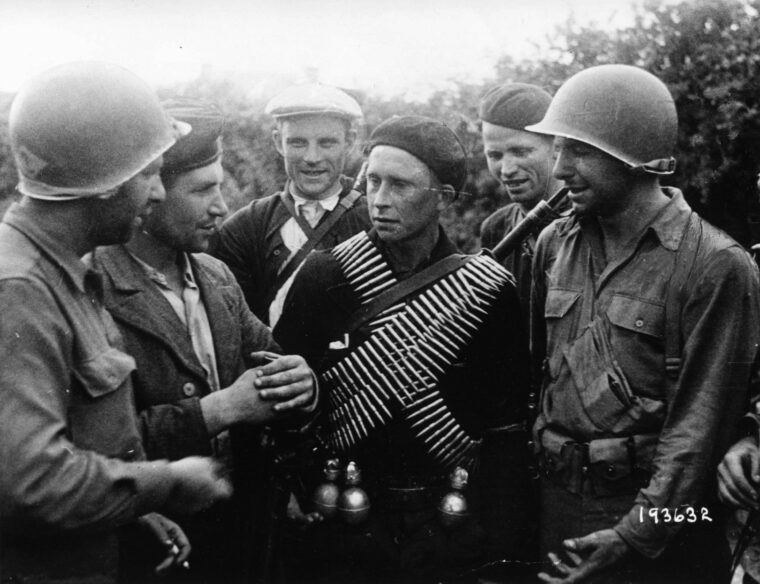
Burma
Major General John K. Singlaub was a young airborne lieutenant when he took up an offer from the Office of Strategic Services (OSS) to become engaged in “hazardous duty behind enemy lines.” Read more
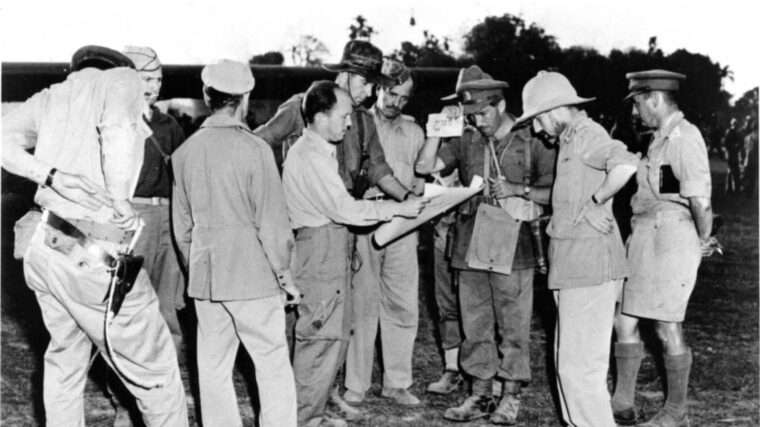
Burma
British General Orde Wingate is one of the more enigmatic World War II commanders encountered in a number of biographical and military historical accounts. Read more
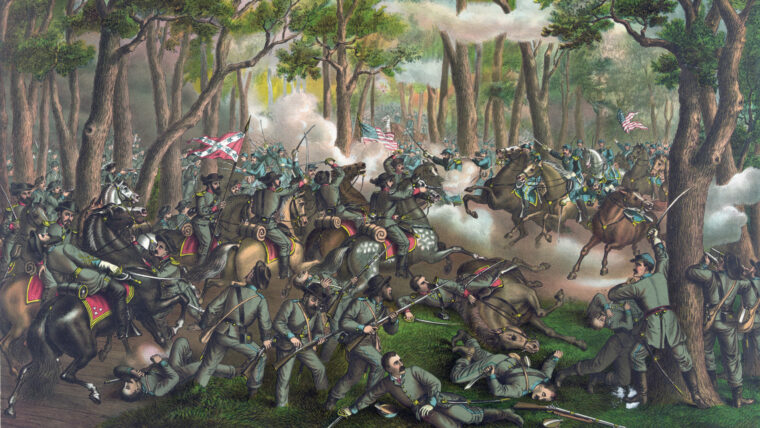
Burma
The column of Confederates marched east as quietly as possible along the bed of an unfinished railroad that knifed through the Wilderness south of the Rapidan River shortly before midday on May 6, 1864. Read more
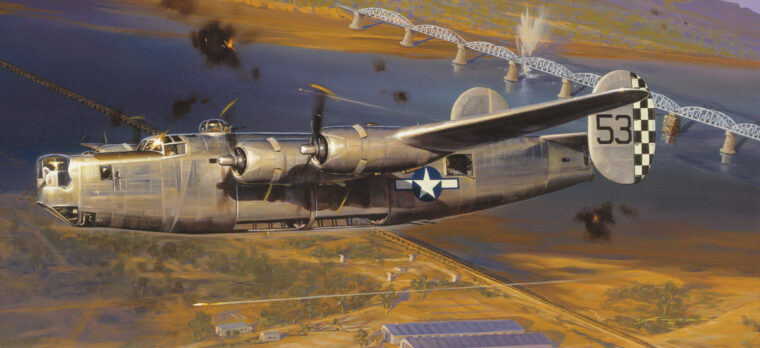
Burma
Thirty-five Boeing B-17C Flying Fortress bombers of the 7th Bomb Group happened to be on their way to Asia the morning the Japanese attacked Pearl Harbor. Read more